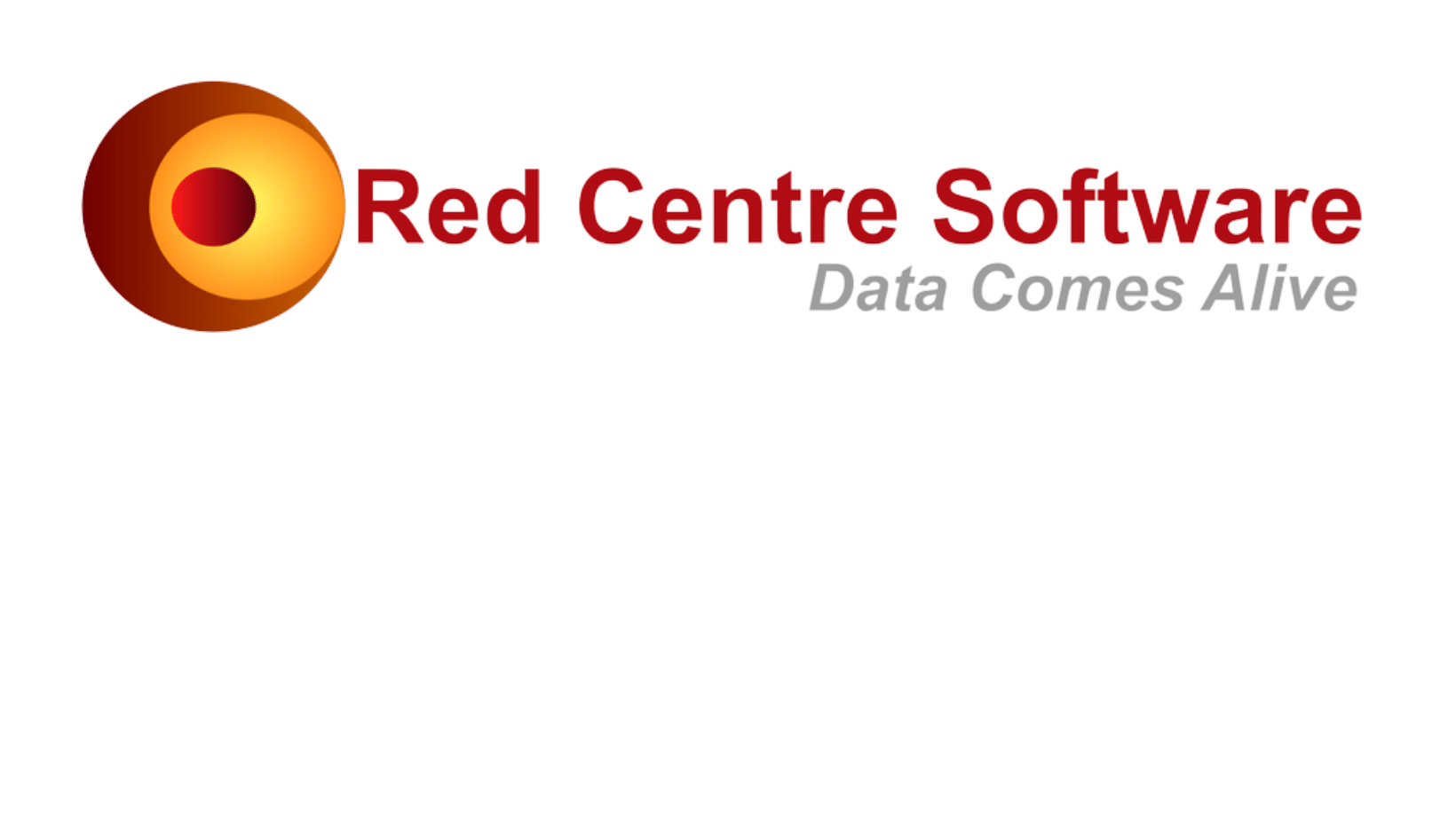Ruby (DP, Analyst and Executive releases)

Our flagship application, Ruby, is a high-end professional cross tabulator. Unlike generic BI tools, Ruby’s design anticipates and addresses all the difficult issues in processing and analysing survey data, both ad hoc and continuous. We have yet to encounter a table or variable transform from a competitor system which we could not replicate in Ruby. And conversely, Ruby can deliver on specifications which other systems find impossible. Listing all Ruby features is not practical (there are so many!) and not really possible, since skilled users are constantly finding new ways to process and analyse.
View a gallery of Ruby reports
Got Quantum problems? Worried about the lack of updates and support? Can’t find a system that handles levels? Our customers use Ruby to import their Quantum jobs, replicate their reports and publish them online with Laser. Read more
Core and direct features include:
Jobs
- Ad hoc surveys
- Dynamic tracking studies of any size or duration
- Big Data, such as social media feeds
- Levels (e.g. Households/Members/Trips)
- Any quantitative data set
- Any set of variables which can be arranged as cases
- All Ruby native job files are flat ASCII, easily understood, easy to integrate
Users
- Three levels, DP (full), Analyst (safe subset) and Exec (very safe subset)
- Common and user-specific report storage for networks or local backup
- Any configuration across LAN and desktop for case data and reports
Reports
- Organise tables, charts and other job-related documents in a user-defined searchable TOC tree
- Reprocess report folders for specification changes (new banner, different filter, unweighted, whatever)
- Batch updates
- Export reports as HTML, XTabML (imports to e-Tabs), TabsML, delimited or a standard graphic format
- Callouts on any category code (events if a period), with links to other Windows documents: pptx, xlsx, avi, mp3, png etc
Tables
- Tabulate millions of multi-response cases in seconds
- Huge tables (millions of cells) display and scroll effortlessly *Within operating system limits
- Top and side labels, and optionally base values, always in view
- Any number of variables as banner and/or stub
- Optional auto-updating
- Case filters to limit processing on huge jobs
- Standard cell value and code range statistics can be dropped as rows/columns
- Standard significance tests with scriptable custom extensions
- All data types (categorical, quantitative, calendar periods, text) can be tabulated immediately WITHOUT type conversion
- Filter on any mix of Boolean and relational conditions
- Weight on any variable of any type or by expression
- Additionally independently filter/weight any table row/column
- Apply pre-defined named filters from drop-downs as successive drills or as segment switches
- Insert expressions (eg nets, sums, means) or new banner points (by binary filter) on-the-fly
- Reusable table axes, where an axis is any mix of variables, filters, weights, statistics and expressions
- Percentages on any base (case or responses, totals, weighted/unweighted, filtered/unfiltered), or on any expression, including expressions on independent table vectors
- Full or partial variable hierarchies as banner or stub
- Irregular nesting, any conceivable layout
- Floating summary tables (eg, average of each 10×10 cell block)
- Auto-nesting of sorted nets
- Custom labelling, either global to the job, or local to a report
- Auto-append base count, scale factor, smooth parameter, hierarchic parent, local filter/weight, left/right shift, leading points suppression and syntax diagnostic to labels
- Total control over fonts, colours, dimensions etc.
- Sort by any vector, either order
- Conditionally or arbitrarily hide table vectors
- Cycle display modes from syntax only to system-supplied to presentation custom
- Use any table as a template for any others
- Symmetrical axes inversion
Charts
- Chart any table, no matter how many data points or series *Within operating system limits
- Significance as data labels
- Stack/cluster bar/line, area, pie and multi-pie, bubble, scatter, vertical/horizontal, primary/secondary axes
- Mixed percents and frequencies
- Per-series or chart wide smoothing by fixed window or number of valid data points
- Chart layout highly interactive for dragging ranges, selecting points, etc
- Floating or axis-affixed summary table
- Honour all cell values, no matter how derived, in the source table
- Piece-wise trend lines
- Show Me to generate selections for use by summaries, eg. all GRPs > 1000
Variables
- Organise variables in user-defined searchable trees for ease of navigation
- Single and multi-response, coded increments, quantitative, text, as flat or hierarchic (grids/cubes to any dimension)
- Extensive system for specifying and generating constructed (derived) variables of any type or structure, including auto-spec-generators for periods, hierarchies, grids, variable nets, etc
- Response functions include: net, sum, average, variance, standard deviation, standard error, max, min, mode, median, cumulative sum and count of values, and can be scoped for any range of codes or values (eg to exclude 99=Don’t Know)
- Reusable named code lists to manage complex filters and nettings
- Weights by rim, cell target, to population, within categories (eg per month), filtered
- Optional diagnostics which detail all steps in the weights calculations (follows the Quantum template)
- Codes can be any real number
- No limits on number of codes, values or cases *Within operating system limits
- Expressions (eg TopBox, Mean Rating) can be permanently attached to a variable’s code frame
- Auto-indexed for Levels jobs
- Review case data and variable dependency logic at any time
Analysis
- Many survey-specific and mathematical table functions: average (mean), variance, standard deviation, standard error, mode, median, max, min, percentiles, all on either aggregate cell values or code as factor values, as well as (for cell values only) sum, cumulative sum, count of non-zero cells, slope, amplitude scale between -1 and 1, normalise by standard deviation, trig functions (for seasonal modelling) and log functions (for scaling).
- Significance testing: T and Z scores, p-value, column and row groups, reference row/column, high/low, one/two tailed, three significance levels, weighted/headcounts, effective base
- Optional diagnostics which detail all steps in significance calculations (follows the Quantum template)
- 3D Correspondence Analysis
- K-Means Clusters
- CHAID
- Piece-wise linear regression R2
- Example interface and R procedures can be customised for your own R scripts. Supplied procedures include: correspondence analysis, principal components biplot and scree plot, cluster dendrogram and plots, K-means scalable by z-score, factor analysis, summary stats, co-variance, correlation, regression model and anova.
- Run rich automated analyses between Ruby reports (as inputs) and R or SPSS (as processing engine), including delivery of ready-to-go formatted PDF and XLSX reports
- Proprietary statistics and significance testing can be scripted once, then applied transparently to any report
Tracking
- Instrumented throughout to accommodate the special requirements of dynamic tracking and time series
- Compare periods for significance
- Real calendar for handling out-of-field in time series
- Time series statistics
- Moving averages, suppress leading points, plot as zero or missing, force new codes to existing variables to be out-of-field until commencement, left/right series shift,
- Scripted and customisable Update Wizard prompts and checks each step in the update process, with diagnostic reports and audits on all changes across waves
- Import multiple files of different types per wave – e.g. main questionnaire as SAV, demographics as SSS and coded verbatims as CSV
- Charting engine can handle tens of thousands categories, unlimited series and multiple millions of data points
- Events and file attachments to period variable dates for total job history
- Pre-aggregated external data such as GRPs, warehouse withdrawals, checkout turnover, can be reaggregated at higher or lower period resolutions, eg plot GRPs collected monthly as quarterly or weekly
Verbatims
- Automated verbatim coding, exact or with scalable fuzzy logic matching to catch typos
- Use Raw verbatims as table axes Data
- Import case data from SAV, SPS/ASC, Quantum (including processing of Edit section and all includes), SSS/ASC as single or multi-file, MDD/DDF as flat or levels, Surveycraft, any fixed width, any delimited
- Export case data as SPS/ASC, SSS/ASC, Surveycraft or delimited
- Import/export multi-response in spread, compact or bitwise formats
- Multi-response in SSS, MDD, and Surveycraft, and variable hierarchies in MDD and Surveycraft, are honoured on import
- No software limits on the number of cases or variables
Scripting
- Comprehensive API – call from VBA, VBScript, JScript, VB.Net, C#, etc
- Write scripts in anything from the supplied editor to Excel, free IDEs such as SharpDevelop, professional IDEs such as Visual Studio Express or Community, or any programming/scripting environment which supports Windows COM
- VB.Net and VBA libraries for common actions
- Template library for site- and client-specific actions, such as common processing for a repeating class of jobs
- Generate script automatically from GUI-specified reports
- Extensive Cleaning routines, with case logs for all changes
Client Reporting
- Presentation-ready tables and charts
- Export to and auto-update from Excel, PowerPoint (Push-Pull)
- Extremely fast one-way export of fully and differently formatted tables to Excel
- Excel-based KPIs dashboards
- On-line analysis (client-safe functionality subset) and interactive dashboards – see Ruby Laser, RubyGO and RubyPocket

